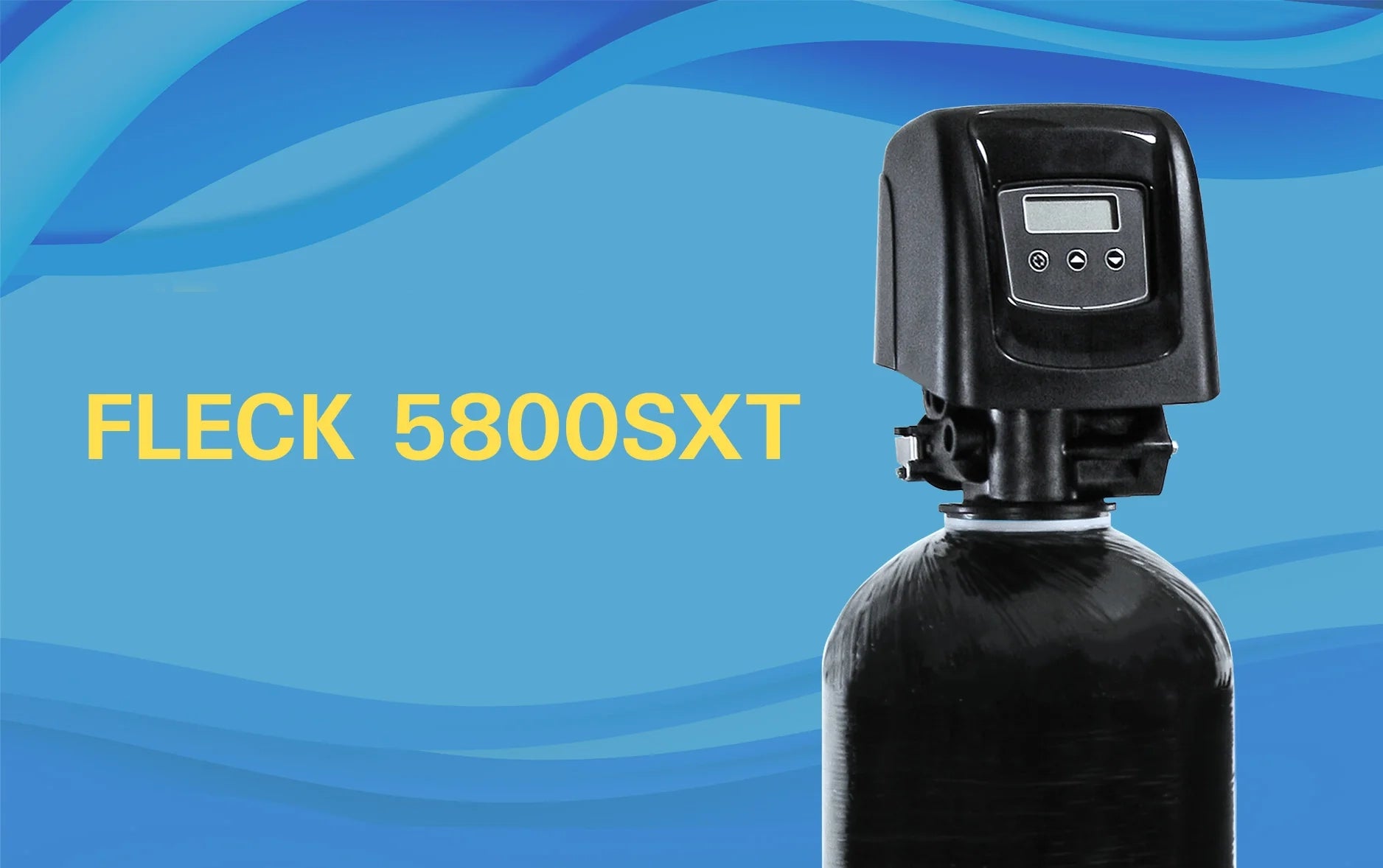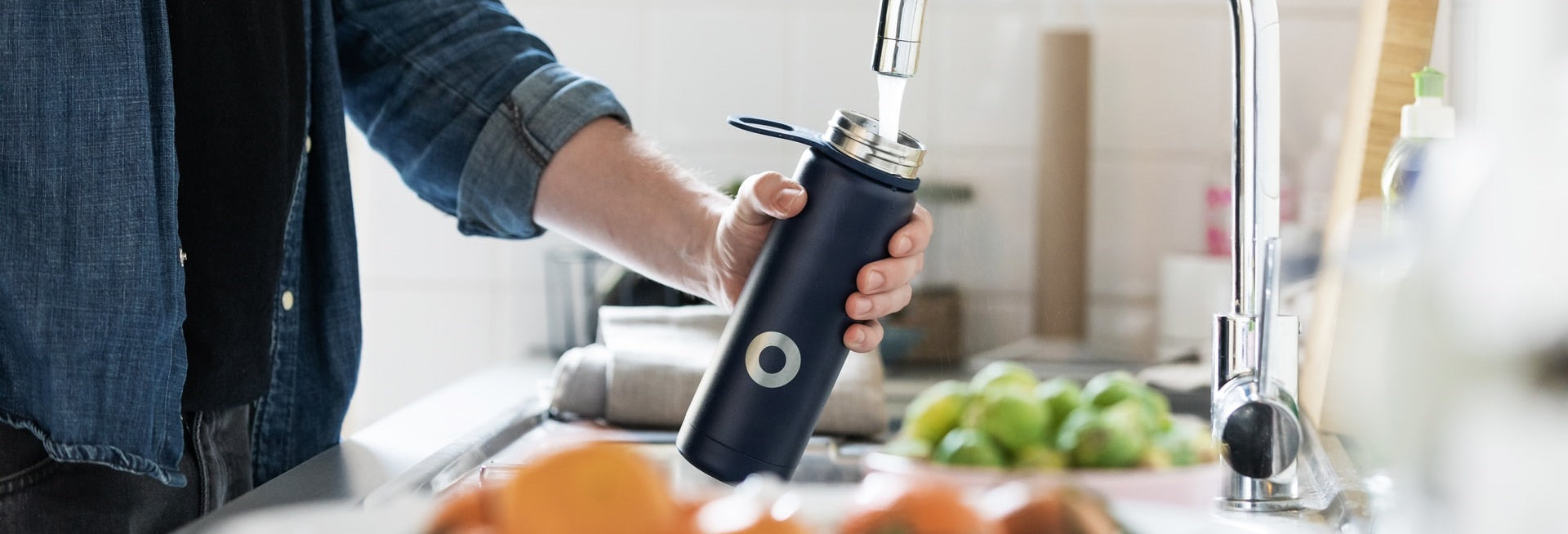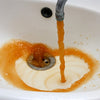Reverse Osmosis - Part 1: The Cleanest Water Available in Your Home
Do you know what is in your water?
Everybody needs water to survive and to protect ourselves from illness. What is the easiest way to ensure tap water safety? As water resources around the world are compromised and becoming increasingly unstable, it has become absolutely necessary to monitor our drinking water. Water can become unsafe for consumption by several means including pollution, climate change, and rapid population growth.
Unfortunately, when physical, chemical, or microbiological impurities from various water sources seep into our supply, our tap water which is meant to be safe for drinking becomes quite harmful. Given the significance of water to sustain life, the use of a filtration device has become crucial for leading a healthy life. There are various methods to purify your drinking water and the method you choose will likely depend on your budget and your water quality expectations.
City Water Standards
The Environmental Protection Agency (EPA) sets standards for tap water in homes throughout the U.S. However, the standards may not align with your personal water quality goals. For example, the EPA’s maximum contaminant level for arsenic, a carcinogen, is .01 mg/L. This describes the highest contaminant level that is acceptable for human consumption according to the EPA. But even low levels of drinking water containing arsenic, over a period of time, is associated with diabetes and increased risk of cancers of the bladder, lungs, liver, and other organs. That means it’s possible to experience harmful effects from arsenic by drinking tap water despite the fact that it adheres to the EPA water quality standards.
Arsenic is only one of the few contaminants of concern. Arsenic, radium, fluoride, microbes, nitrates, uranium, TOC, metals, sulfates, calcium, magnesium, potassium, and phosphorous are all potentially harmful when found in drinking water. While municipal water supplies must meet the requirements of the EPA Safe Drinking Water Act (established in 1974 to protect the quality of U.S. drinking water whether from above ground or underground sources) the distribution system can be subject to deterioration and possible leakage, breaching EPA standards and compromising the quality of the water by the time it reaches your home.
Water Treatment Technology
In some areas around the country, we are not properly guarded against toxins and our water may not be what it seems. What can be done about it? The EPA states Reverse Osmosis (RO) treatment as the best available technology to effectively and efficiently address multi-contaminant removal. So where did RO come from and is reverse osmosis good for you?
Osmosis was first observed in a laboratory in 1748 using a pig’s bladder as a membrane. Over the next 200 years, osmosis remained a laboratory-only phenomenon. In 1949, researchers began to search for a way to remove salt from seawater, and by the mid-1950s, fresh water was successfully produced using osmosis. In the early days of reverse osmosis, as with any new technology, several problems arose. But as membranes and engineering became more advanced, more and more RO systems were installed and operated with greater success. By 2001, over 15,000 desalination plants were up and running or in the planning stages around the world.
Reverse Osmosis is a water purification process that uses a semipermeable membrane to filter out contaminants, sediments, and salt from drinking water. RO treatment creates water that is pure and clean all the way down to the molecular level. This method uses membrane technology to remove ions, molecules, and particles from raw water. RO water is more than filtered water; installing a point of use or even whole house reverse osmosis water filter results in a limitless supply of better-tasting, clean water for you and your family, all while reducing your spending.















